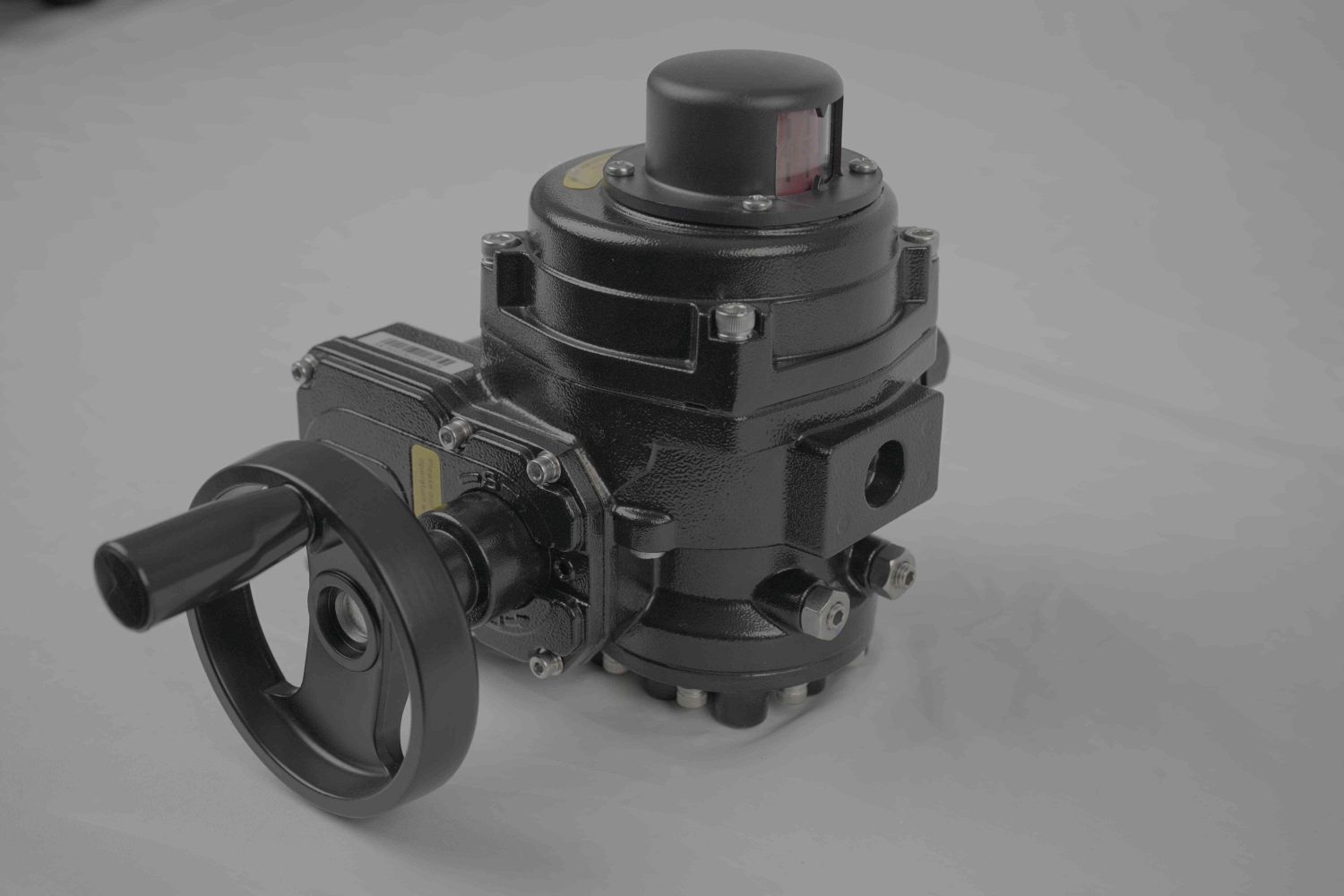
Lithium batteries have become an integral part of modern technology, powering everything from smartphones and laptops to electric vehicles and renewable energy storage systems. However, with the increased use of lithium-ion batteries, concerns about their safety, performance, and longevity have also risen. One critical component that plays a vital role in the safety and performance of lithium batteries is the lithium battery valve.

A lithium battery valve is a crucial safety mechanism that regulates the pressure inside the battery during charging and discharging. Its primary purpose is to prevent the battery from over-pressurizing, which can lead to catastrophic failures, such as thermal runaway, fires, or even explosions. The valve serves as a pressure relief device, ensuring that the battery can operate safely under a variety of conditions.

